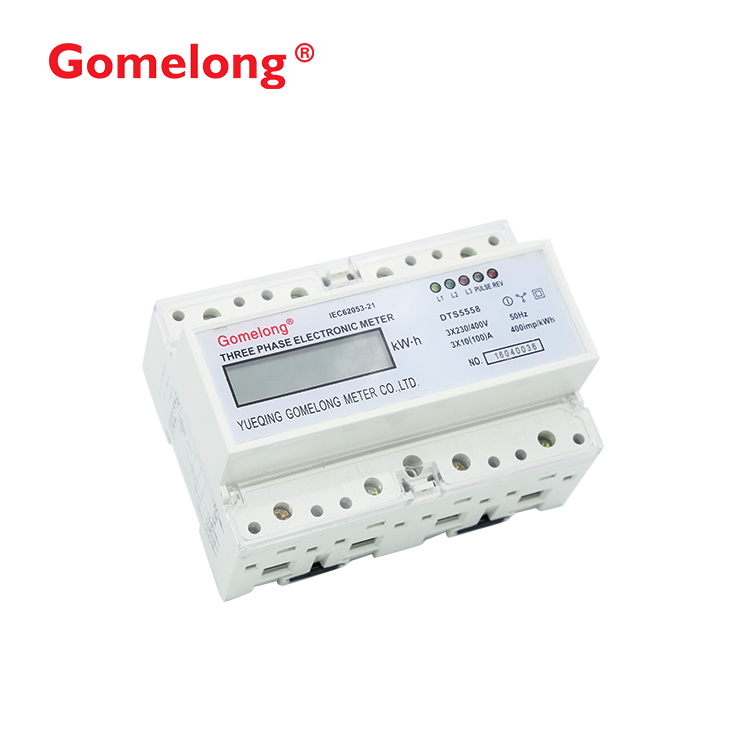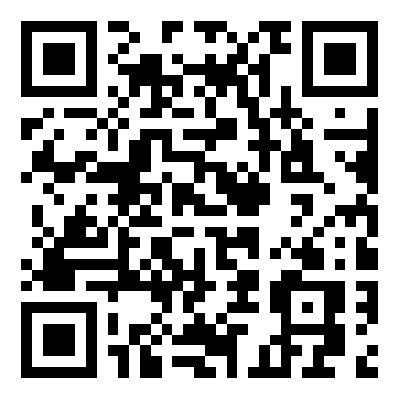Empowering Efficiency: Unleashing the Potential of Remote Functionality in Smart Watt Meters
2023-11-15
Introduction:
In the age of smart technology, the marriage of traditional metering systems with remote functionality has transformed the landscape of energy management. Smart watt meters, equipped with the ability to communicate and transmit data remotely, bring unprecedented efficiency to the table. In this blog, we explore how the remote functionality of smart watt meters contributes to their efficiency, revolutionizing the way we monitor and manage energy consumption.
1. Real-Time Data Accessibility:
One of the most significant advantages of remote functionality is the ability to access real-time data from anywhere with an internet connection. Unlike traditional meters that require manual readings, smart watt meters empower users to monitor their energy consumption in real-time. This instant access to data allows for prompt decision-making, enabling users to respond swiftly to changes in energy usage patterns.
2. Prompt Identification of Anomalies:
Remote functionality enhances the smart meter's capability to identify anomalies or irregularities in energy consumption promptly. Any sudden spikes, unusual patterns, or abnormal power usage can be detected in real-time, triggering alerts and notifications. This proactive identification of anomalies allows users to investigate and address issues promptly, preventing potential energy wastage or system malfunctions.
3. Efficient Load Management:
Smart watt meters with remote functionality provide a dynamic platform for load management. Users can remotely monitor the distribution of electrical loads across different phases, ensuring a balanced and optimized system. In industrial and commercial settings, where load balancing is critical for efficiency, remote load management capabilities contribute significantly to overall energy optimization.
4. Seamless Integration with Smart Grids:
The remote functionality of smart watt meters facilitates seamless integration with smart grid systems. These meters can communicate with the larger energy infrastructure, contributing to the development of intelligent and efficient energy distribution networks. This integration enables features such as demand response, where energy consumption can be adjusted based on real-time grid conditions.
5. Enhanced Energy Conservation:
By providing users with immediate access to their energy consumption data, smart watt meters with remote functionality empower individuals and businesses to adopt more energy-conscious behaviors. The transparency and accessibility of real-time data encourage users to identify energy-saving opportunities, implement efficiency measures, and make informed decisions to reduce overall energy consumption.
6. Proactive Maintenance and Diagnostics:
Remote functionality allows smart watt meters to perform self-diagnosis and report issues without requiring physical inspection. The meter can transmit diagnostic information and alert users or utility providers to potential malfunctions, enabling proactive maintenance. This feature enhances the reliability of the metering system and minimizes downtime.
7. Cost-Effective Operations:
The remote functionality of smart watt meters contributes to cost-effective operations by reducing the need for manual interventions. Remote data retrieval, diagnostics, and monitoring eliminate the costs associated with on-site visits for meter readings and inspections. This efficiency translates into cost savings for both users and utility providers.
8. User-Friendly Interfaces:
Smart watt meters with remote functionality often come equipped with user-friendly interfaces accessible through web portals or mobile applications. These interfaces provide intuitive visualizations of energy data, allowing users to easily interpret and analyze their consumption patterns. The accessibility of data through user-friendly interfaces further enhances the efficiency of energy management.
Conclusion:
The integration of remote functionality into smart watt meters represents a paradigm shift in the realm of energy monitoring. The ability to access real-time data, identify anomalies promptly, manage loads efficiently, and seamlessly integrate with smart grids contributes significantly to the overall efficiency of these meters. As we continue to embrace the era of smart technology, the remote functionality of smart watt meters stands as a cornerstone in the pursuit of a more intelligent, sustainable, and efficient approach to energy management.



